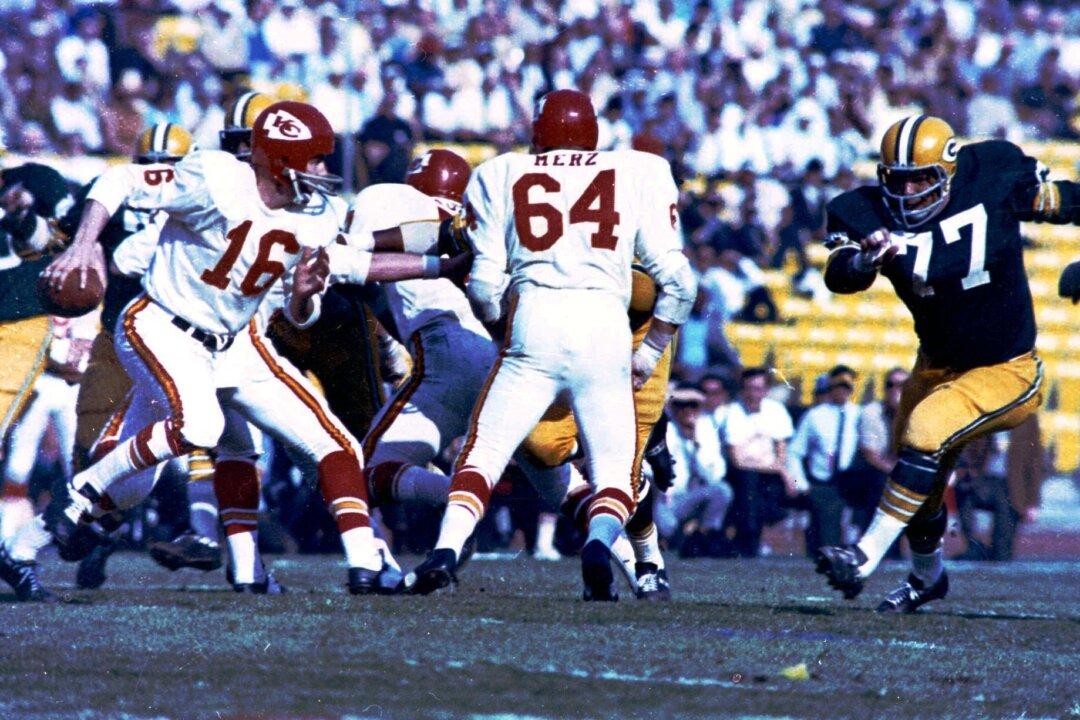This is a well-executed retelling of the game and its surroundings from all points of view: officials, coaches, players, the media, and even fans. Among the narrative’s best parts are the late Stram’s detailed recollections from an unpublished manuscript made available to the author from Stram’s son. Verdict: Consistently fascinating, this book will appeal to all football fans.—Library Journal
In 1956 the owner of the Chicago Bears, George Halas, said the NFL would expand from 12 to 16 teams within a decade. In 1957, NFL Commissioner Bert Bell was optimistic about the league increasing the number of its franchises in 1960. Bell appointed Halas and Pittsburgh owner Art Rooney to a committee to explore expansion in 1958.
Around that time Lamar Hunt and Bud Adams, owner of the Ada Oil Company of Houston and son of the chairman of Phillips Petroleum, both ambitious young men and very sports minded, also attempted to acquire the Chicago Cardinals and transfer the team to Dallas. The duo was rebuffed in all these efforts. Reaction of NFL owners was: “What? A pro football team in Dallas, what next?”
Self-effacing, some would say, almost self-deprecating, Lamar Hunt did not back down. Against the advice of his highly successful father, the former second string pass receiver at SMU called “Games” because of his love of sports, decided to move forward and create a football league of his own.
“There had been a National League and an American League competing side by side for 60 years.” Hunt told reporters. I was encouraged because pro football had become so tremendously popular and because I knew there were cities in backing a competitive league. I felt that an American Football league, side by side with the National Football league could be a success.”
Other rivals to the NFL through the decades had sprung up:
American Football League (1926), American Football League (1936–1937), American Football League (1940–1941), All-America Football Conference (1946–1949)





